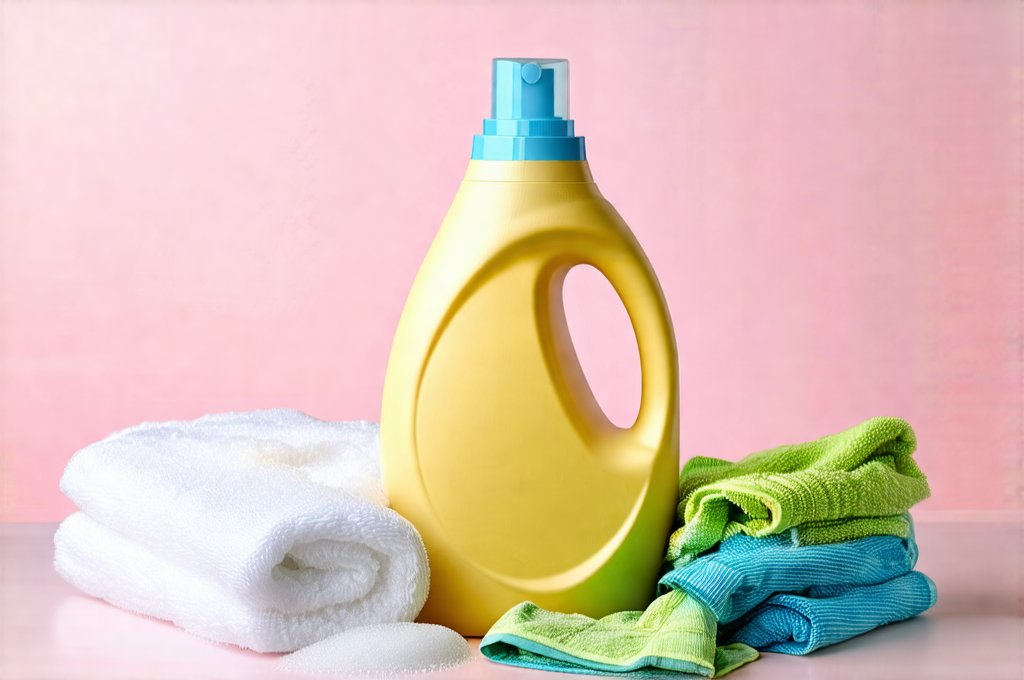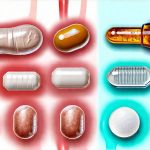Choosing laundry detergents and fabric softeners can seem straightforward, but for individuals managing bladder health – including those with conditions like overactive bladder (OAB), interstitial cystitis (IC), or simply increased sensitivity – it requires careful consideration. Many common ingredients found in these products can be irritating to the pelvic region, potentially exacerbating symptoms such as urgency, frequency, and discomfort. The seemingly innocuous act of doing laundry can inadvertently trigger flares if the wrong products are used. This is because detergents and softeners come into direct contact with intimate areas through clothing, bedding, and even underwear, creating a pathway for irritants to reach sensitive tissues.
The challenge lies in identifying which ingredients are most likely to cause problems, as reactions vary significantly from person to person. What bothers one individual might not affect another at all. However, there are general guidelines and product characteristics that can help navigate this complex landscape. This article will provide a comprehensive guide on how to choose bladder-safe laundry detergents and fabric softeners, focusing on ingredient awareness, alternative options, and practical tips for minimizing irritation. It’s about regaining control over your environment and reducing the unexpected triggers that can impact daily life and overall well-being – empowering you to make informed choices for better bladder health.
Understanding Bladder Irritants in Laundry Products
Many conventional laundry products contain a cocktail of chemicals, some of which are known bladder irritants. Fragrances are often a major culprit; these aren’t single ingredients but complex mixtures of hundreds of undisclosed chemicals designed to create appealing scents. These fragrances can linger on clothing and cause irritation. Similarly, dyes, used to make detergents visually appealing, can also trigger sensitivities in some individuals. Beyond fragrance and dye, certain cleaning agents themselves are problematic. Surfactants, essential for removing dirt, can be harsh, especially anionic surfactants like sodium lauryl sulfate (SLS) and sodium laureth sulfate (SLE). These ingredients strip natural oils from fabrics but can also irritate sensitive skin and the bladder when residue remains on clothing.
Furthermore, fabric softeners often contain cationic surfactants, which are designed to coat fabrics for a softer feel but can leave behind a residue that’s difficult to rinse away completely. This residue can be particularly irritating in the genital area. Additionally, many fabric softeners include preservatives like methylisothiazolinone (MIT) and benzisothiazolinone (BIT), known allergens and potential irritants. It’s crucial to remember that even products labeled “sensitive skin” or “hypoallergenic” may still contain ingredients that can cause issues for those with bladder sensitivities, so careful label reading is essential. A key concept is recognizing the difference between reactive irritation – a direct response to an ingredient – and sensitivity – a lower threshold of tolerance where even small amounts of an irritant can trigger symptoms. If you’re experiencing frequent flares, consider keeping a bladder diary to track potential triggers.
Navigating Alternatives: Detergents & Softeners for Bladder Health
Fortunately, several alternatives are available for those seeking bladder-safe laundry solutions. Free and clear detergents, which omit fragrances and dyes, are often the first step in reducing irritation. Look for detergents specifically labeled “free & clear” or “for sensitive skin.” However, even within this category, scrutinize the ingredient list to ensure they don’t contain problematic surfactants or preservatives. Liquid detergents tend to leave less residue than powders, but some individuals find powdered detergents preferable as they rinse more easily. Natural and plant-based detergents are gaining popularity, often utilizing ingredients like soap nuts, baking soda, or plant-derived enzymes. These options generally avoid harsh chemicals but can sometimes be less effective at removing stubborn stains, potentially requiring pre-treating with a gentle stain remover.
Regarding fabric softeners, the best approach is often to eliminate them altogether. Many people find that skipping fabric softener significantly reduces irritation. Alternatives include using wool dryer balls to soften fabrics and reduce static cling. Dryer balls are reusable, eco-friendly, and don’t introduce any potentially irritating chemicals. Another option is adding a small amount of white vinegar (about ¼ cup) to the rinse cycle; it acts as a natural fabric softener and helps remove detergent residue. However, always check your washing machine’s manual before using vinegar, as it can damage some machines. Remember that avoidance is often the most effective strategy when managing bladder sensitivities – minimizing exposure to potential irritants is key to preventing flares. Planning a weekend routine around these considerations can be helpful.
Identifying & Avoiding Problem Ingredients
One of the biggest challenges in choosing bladder-safe laundry products is deciphering ingredient lists. Manufacturers aren’t always transparent about the exact composition of fragrances or dyes, making it difficult to determine what you’re exposing yourself to. Here are some ingredients to specifically avoid:
- Fragrances: As mentioned previously, these complex mixtures are often significant irritants. Look for products labeled “fragrance-free,” but also review the full ingredient list as some may contain masking fragrances.
- Dyes/Colorants: These can trigger sensitivities in sensitive individuals. Again, “dye-free” is preferable.
- SLS (Sodium Lauryl Sulfate) & SLES (Sodium Laureth Sulfate): Harsh surfactants that can strip natural oils and irritate the bladder. Look for detergents using milder surfactants like decyl glucoside or coco glucoside.
- Cationic Surfactants: Commonly found in fabric softeners, these leave behind irritating residue. Avoid fabric softener altogether if possible.
- Preservatives (MIT/BIT): These are known allergens and can cause skin irritation, which may indirectly impact bladder health.
- Optical Brighteners: These chemicals make clothes appear whiter but don’t actually clean better and can be irritants.
Reading the full ingredient list is essential even for products marketed as “sensitive” or “hypoallergenic.” Many brands offer detailed ingredient lists on their websites, which can be a valuable resource. Don’t hesitate to contact the manufacturer directly if you have questions about specific ingredients. Utilizing online databases like the Environmental Working Group’s (EWG) Skin Deep Cosmetics Database can also provide helpful information about potential health risks associated with different chemicals.
Testing & Monitoring Your Reactions
Even after carefully selecting bladder-safe laundry products, it’s important to monitor your body’s reaction and adjust accordingly. Introduce new products one at a time so you can easily identify the source of any irritation. Start by switching just your detergent or fabric softener, and observe for a week or two before making further changes. Keep a diary or log to track any symptoms – urgency, frequency, discomfort, burning sensations – and correlate them with specific laundry product changes. This will help pinpoint which ingredients are problematic for you personally.
If you experience a flare-up after introducing a new product, discontinue use immediately and revert to your previous routine. Rinsing clothing twice can also help remove any lingering detergent residue. Consider using a dedicated “sensitive” washing machine cycle if available, as these cycles often use lower water temperatures and extra rinses. Also, be mindful of the amount of detergent you use – more isn’t always better. Follow the manufacturer’s instructions carefully and avoid overusing products. Remember that everyone is different, and what works for one person might not work for another. The key is to listen to your body and adjust your routine based on your individual sensitivities.
Practical Laundry Tips for Bladder Health
Beyond choosing the right detergents and softeners, several practical laundry tips can further minimize irritation:
- Wash new clothing before wearing: This removes manufacturing residues that can be irritating.
- Use a double rinse cycle: Ensures thorough removal of detergent residue.
- Avoid harsh stain removers: Opt for gentle alternatives like baking soda paste or diluted vinegar.
- Dry clothes thoroughly: Damp clothing can harbor bacteria and increase irritation.
- Wash bedding frequently: Bedding comes into direct contact with sensitive areas, so regular washing is essential.
- Consider a dedicated laundry routine for intimate apparel: Use only bladder-safe products on underwear and other garments that come into direct contact with the pelvic region.
These simple steps can make a significant difference in reducing irritation and promoting better bladder health. Remember that managing bladder sensitivities often requires a holistic approach, encompassing lifestyle adjustments, dietary changes, and mindful product choices. By taking proactive steps to minimize exposure to irritants, you can regain control over your well-being and enjoy a more comfortable life. If you are concerned about kidney function it’s important to understand how to differentiate between functional and nonfunctional kidneys.





















